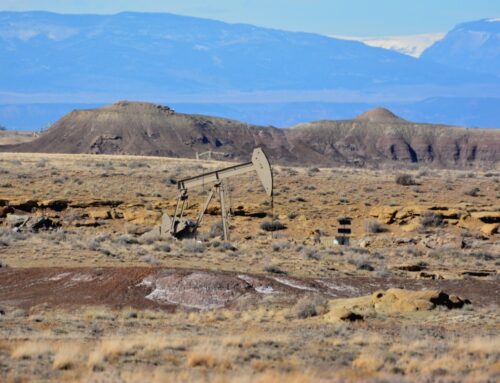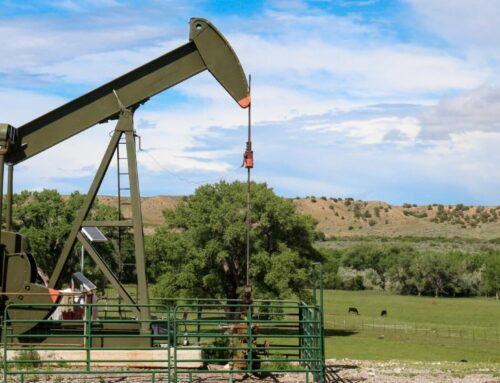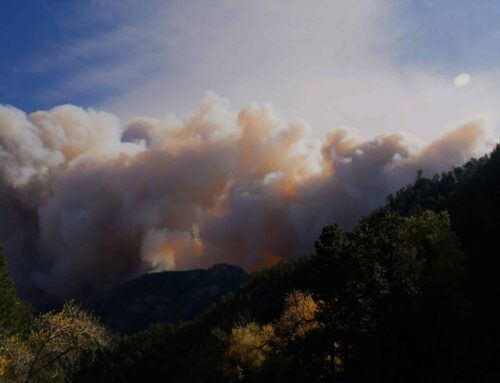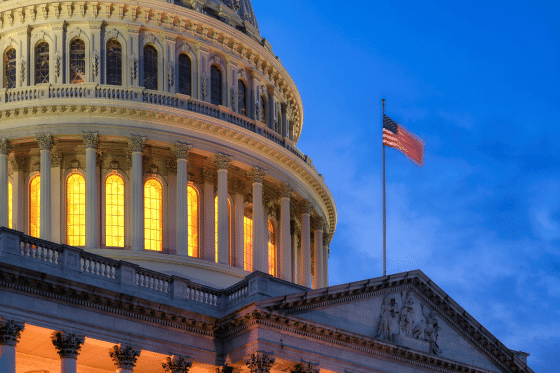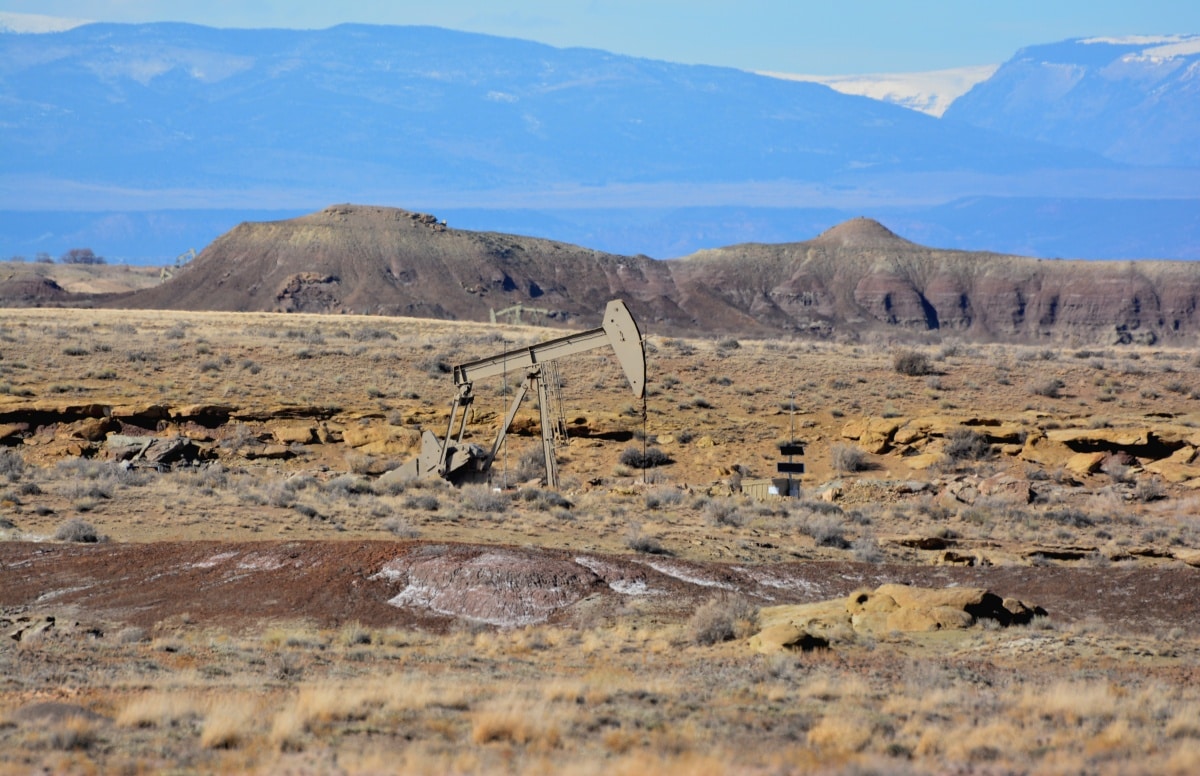On September 16, the federal government offered and leased 39,225 acres of public land in Wyoming for oil and gas development at the recently reduced federal royalty rate of 12.5%. The result is an estimated $22 million in lost royalty revenue over the lifespan of these leases.
9/16 Wyoming Lease Sale Results
| State | Acres Offered | Acres Sold | % Sold | Average Bid/Acre | Pre-reform Average Bid/Acre (2013-2022) | Post-reform Average Bid/Acre (2023-2024) | Total Lease Sale Revenue |
| WY | 39,225 | 39,225 | 100% | $210 | $163 | $314 | $8,450,944 |
Revenue from today's lease sale was driven by a small number of competitive parcels. Just 7 parcels, containing 7% of the acres leased today, provided more than 80% of total auction revenue. These parcels—predominantly in Converse and Campbell counties, which account for the majority of federal oil production in Wyoming—were each leased for more than $1,000 per acre. The highest bid of today's sale was $4,612 per acre for a parcel located in Campbell County. By contrast, more than 90% of acres—including all parcels offered in Fremont and Natrona counties—were leased for less than $40 per acre.
Today's bidding result reflects that industry interest is aligned with production potential—not leasing terms. Last year, before the reforms were rolled back, leases that came with the higher 16.67% royalty rate sold for record high bids—five times higher than the pre-reform 10-year average—especially in states with high oil and gas production, such as New Mexico. Unfortunately for taxpayers, the leases issued today were sold at the outdated 12.5% rate, locking in a century-old rate for decades.
Competitive, market-rate royalty rates do not affect industry interest or production decisions—lowering rates only shortchanges taxpayers by reducing future royalty revenue. In Wyoming alone, taxpayers lost an estimated $3.6 billion in revenue from FY2013 to FY2022 under the 12.5% rate. With record-high production across the U.S., losses will continue or even grow worse. Because revenue is shared between the federal treasury and states, Wyoming taxpayers also lose funds for schools, infrastructure, and other local priorities.
Using Bureau of Land Management estimates, the parcels sold today could result in 135 wells. Using average production on federal lands in Wyoming over the last decade, these parcels could yield 215,000 barrels of oil and 5.7 million cubic feet of natural gas every year of active production. Based on the White House Budget Office's 2025 price projections—used to estimate federal royalty revenue from onshore leases—that production could be worth roughly $53 million annually. At the 12.5% rate, taxpayers would see about $2.2 million less than they would under a 16.67% rate. Over a conservative 10-year useful lifespan of oil and gas wells, that's about $22.2 million in total lost revenue.
America's public lands and natural resources belong to taxpayers. The federal government manages oil and gas development on these lands by leasing them to private companies, which extract and sell the oil and gas for profit. In return, taxpayers receive:
- Bids at auction: upfront payments offered at competitive auction to secure drilling rights
- Rent: annual payments made until production begins
- Royalties: a share of the value of extracted oil and gas
For decades, the federal oil and gas leasing program lagged behind the private market and rates charged on state lands. Outdated terms hadn't even kept pace with inflation. In 2022, long-overdue reforms modernized the system by raising royalty rates, updating fees, and ending giveaways like noncompetitive leasing. But the FY2025 budget reconciliation bill, signed into law on July 4, rolled back many of those improvements—slashing the federal royalty rate from 16.67% back to its 1920s rate of 12.5% and re-implementing a loophole that allows companies to bypass competitive auction. Taxpayers will once again be shortchanged as companies lock in decades of drilling under terms that don't reflect the true value of America's oil and gas resources.
Wyoming is the second largest producer of federal oil and gas. The state can play an important role in American energy production. But taxpayers should not be shortchanged. The oil and gas beneath federal lands belongs to the American people, and leasing terms should ensure these resources aren't given away for less than they're worth.
- Photo by BLM Wyoming

